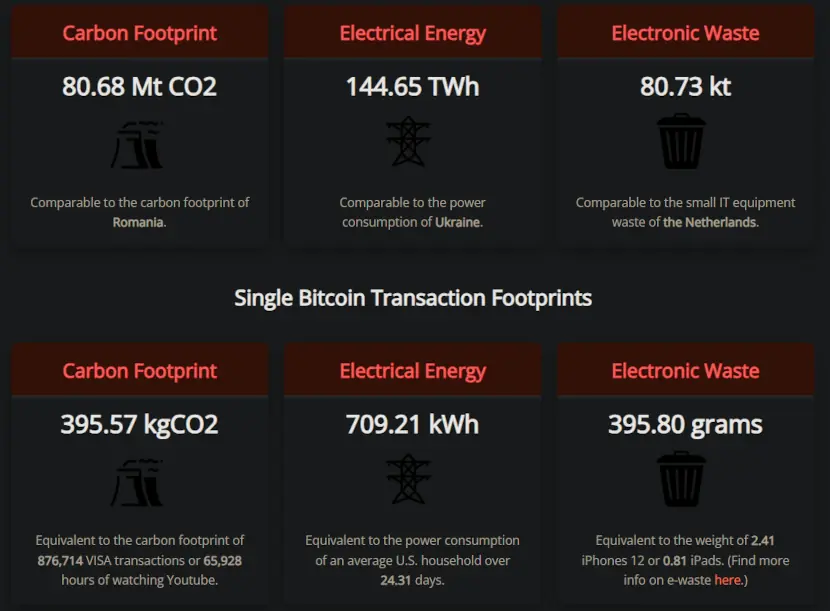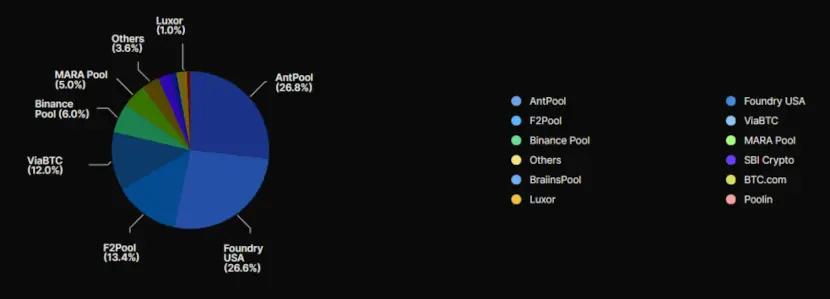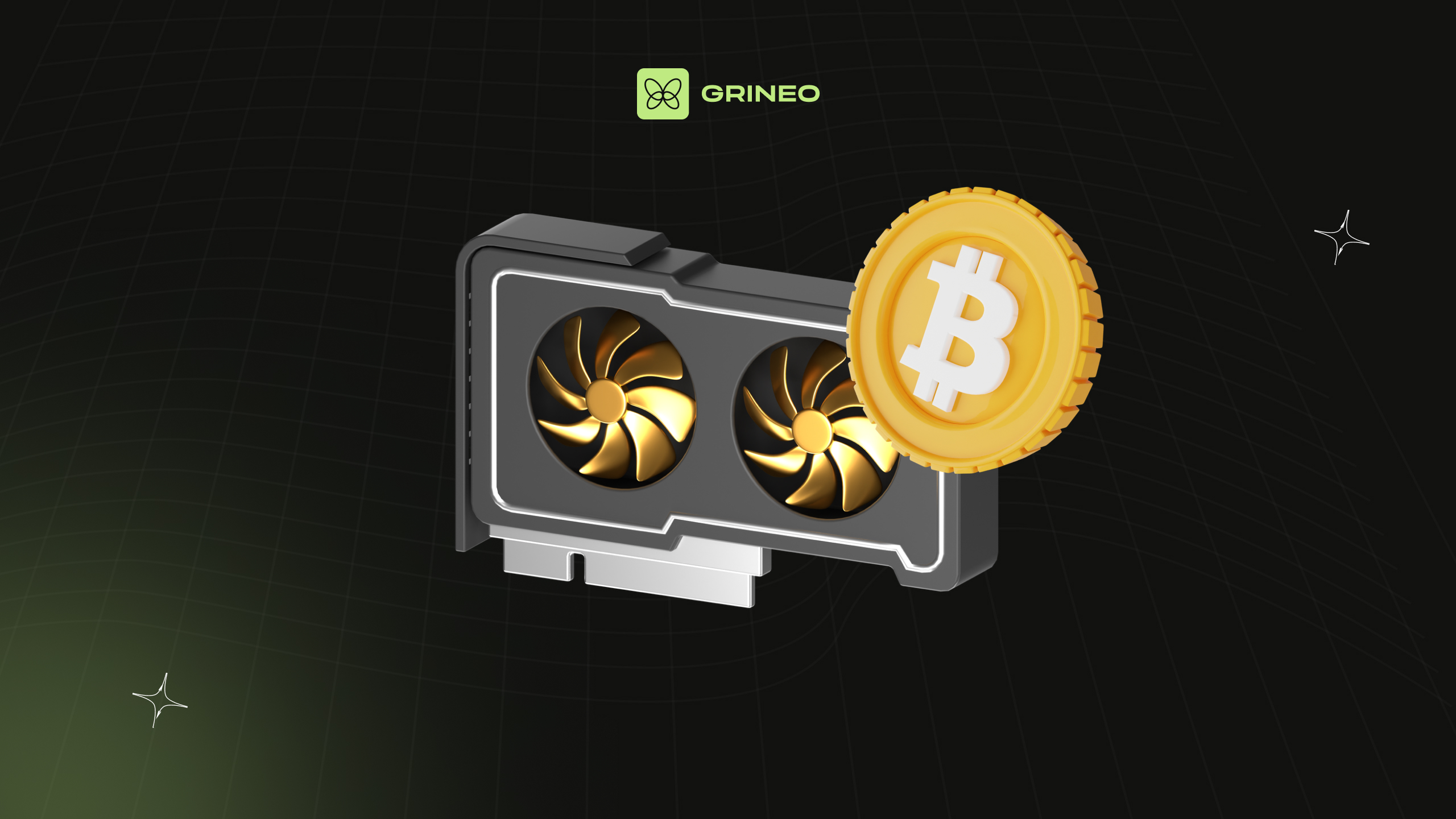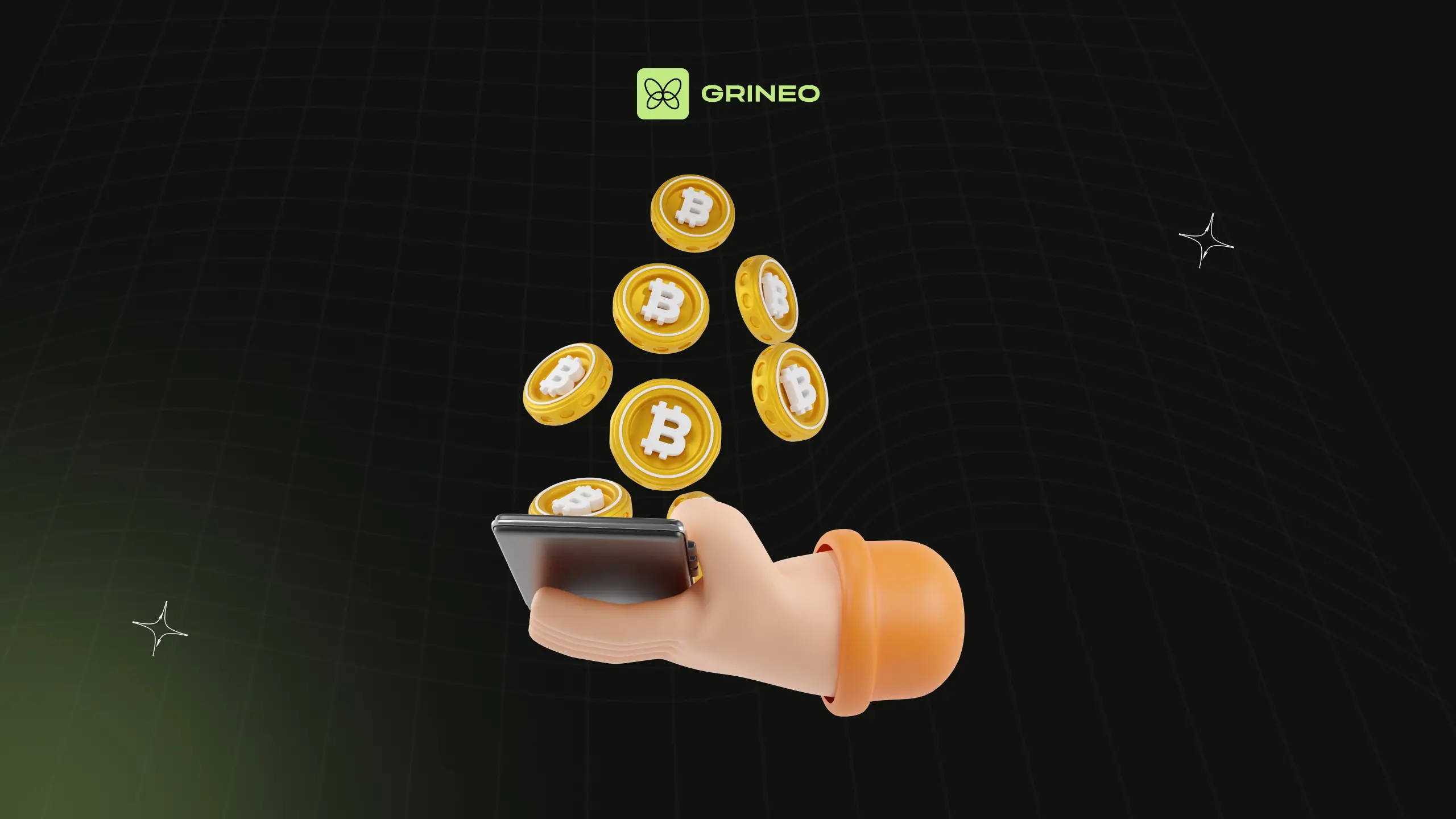Proof of Work Explained: How Crypto Networks Reach Consensus

Bitcoin was launched as a form of digital cash with no one person in charge. Instead of a central authority confirming and validating transactions, anyone can participate in helping to run the network, making Bitcoin a decentralized project.
To validate a transaction or implement a software update, the people running the network need to reach a consensus, and the way this is handled is via the Proof of Work consensus method.
What is Proof of Work and how does PoW Mining Work?

Proof of Work is a consensus algorithm used in the blockchain that requires participants to solve complex mathematical puzzles to secure and validate transactions on the network.
Miners compete against each other to find the solution to these puzzles, and the first to solve the puzzle is rewarded with newly minted cryptocurrency as an incentive for their work. This process ensures that only valid transactions are added to the blockchain, making it resistant to fraudulent activities and manipulation.
A lot of energy is required to power all this computational effort, and the cost of trying to input false information would outweigh any profits of a successful attack, even if such an attack were possible. The concept behind Proof of Work is to demonstrate that computational effort has been invested to verify and approve transactions, thereby adding a layer of security and trust to the blockchain.
#Bitcoin Mining Difficulty just hit a new ATH! pic.twitter.com/O5hLDEPqnd
— Crypto Rover (@rovercrc) February 5, 2024
The difficulty level of the puzzles can be adjusted to maintain a consistent rate of block generation, ensuring network efficiency and stability. By requiring significant computational power and time investment, Proof of Work provides a robust and tamper-resistant mechanism for securing the blockchain and maintaining its integrity.
Benefits of Proof of Work
Proof of Work offers several benefits such as ensuring the security and integrity of the blockchain, incentivizing miners to participate in the network, and protecting against double-spending.
If a miner or group of miners can reach 51% of the network’s computational power, or hash rate, that group can control the network completely. They could create false transactions or double spend, meaning they could spend funds, split the network in two, vote for the version of the network where the funds were not spent to be the “real” version, and then spend the funds a second time.
This is called a 51% attack. The cost of attacking Bitcoin in this manner would be billions of dollars per second, making it cost-prohibitive and greatly disincentivising such an attack.
Limitations of Proof of Work
Proof of Work mining has limitations including high energy consumption and the potential for centralization.
The carbon footprint of the Bitcoin network alone is equivalent to that of the nation of Romania. One Bitcoin transaction uses as much electricity as the entire US household would use in about a month.

Proof of Work networks can become centralized. The Bitcoin network was originally mined with the CPU on an average computer. Today, specialized ASIC hardware and mining farms make it impossible for an average person to mine Bitcoin by themselves, causing the rise of major mining pools that now band their resources together to mine Bitcoin.
The network hashrate is now controlled by just a handful of mining pools, creating a far more centralized network than was originally envisioned in the Bitcoin whitepaper.

In fact, just two of the main mining pools could combine resources right now and reach 53% of the total hash rate, taking over the network. While this is not likely to happen, the rise of ASIC mining hardware was completely unanticipated by Bitcoin creator Satoshi Nakomoto, and the original idea was that it would be impossible to ever reach the level of centralization we see today in Bitcoin.
Proof of Work vs. Proof of Stake
Alternatives to Proof of Work include Proof of Stake, Delegated Proof of Stake, and Practical Byzantine Fault Tolerance. These consensus algorithms aim to address the energy consumption and scalability challenges associated with Proof of Work.
Ethereum switched to PoS consensus in 2022, reducing its energy consumption by over 99%. This method essentially involves allowing the people with the highest stake in the network’s cryptocurrency to validate transactions, forfeiting their stake in the event that they are found to be attacking the network. This method sacrifices decentralization in favour of eliminating the massive carbon footprint associated with Proof of Work.
Final Thoughts
Proof of Work mining remains controversial due to the high energy costs required, a particularly sensitive issue in this era of increased climate change awareness. However, while many cryptocurrencies look set to change to Proof of Stake, it is likely that Bitcoin will remain a PoW network for the foreseeable future.









